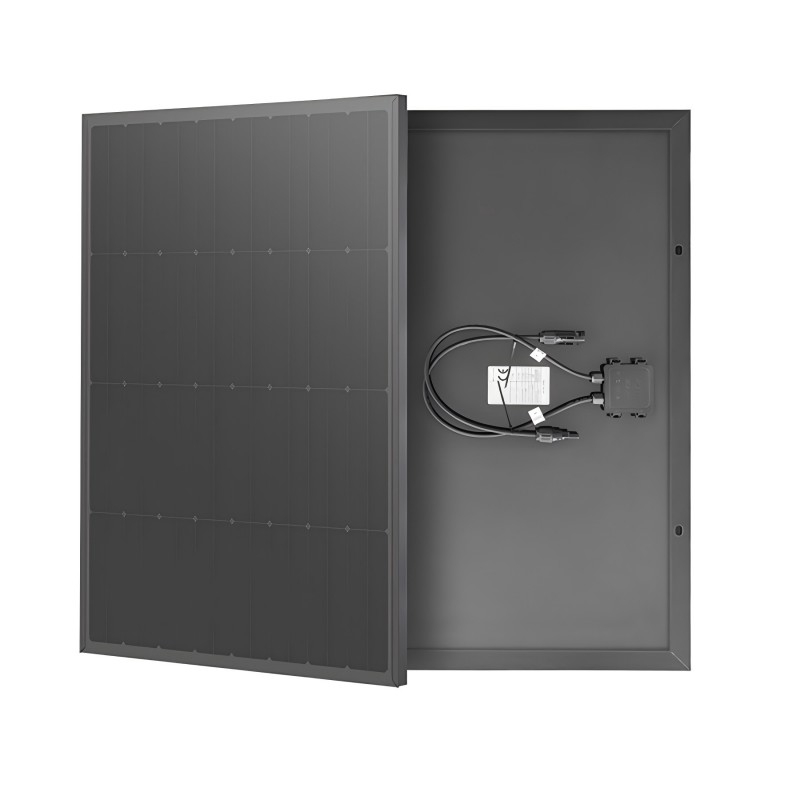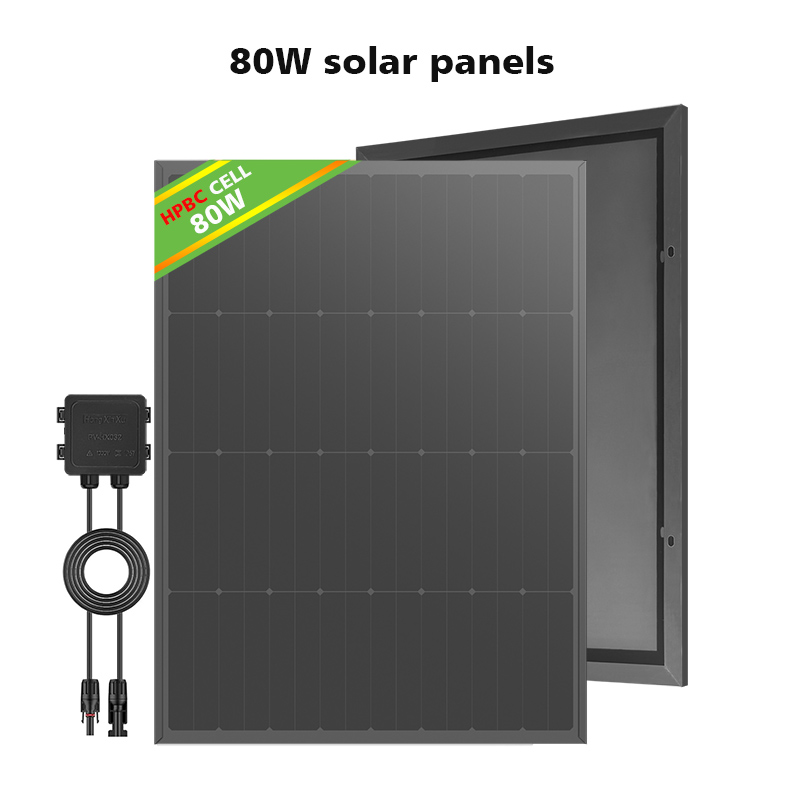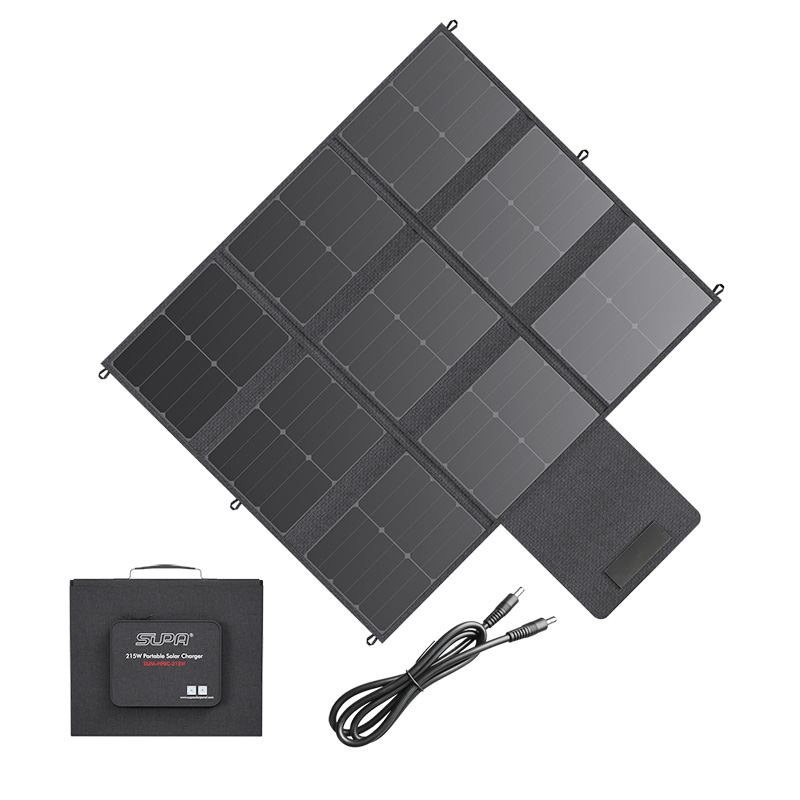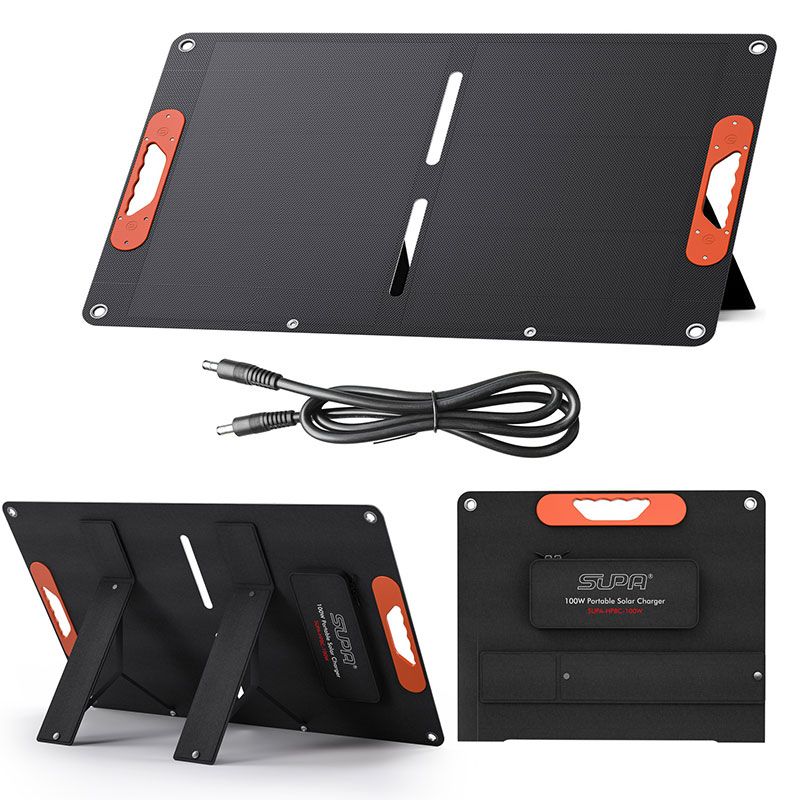Company News
A foldable solar panel charger is a practical and eco-friendly way to keep your devices powered, especially for outdoor enthusiasts, travelers, and emergency preparedness. However, many users don’t realize that proper usage and small optimizations can significantly improve its efficiency. If you've ever wondered why your folding solar charger isn’t performing as expected, the answer likely lies in factors such as positioning, maintenance, and charging strategies.
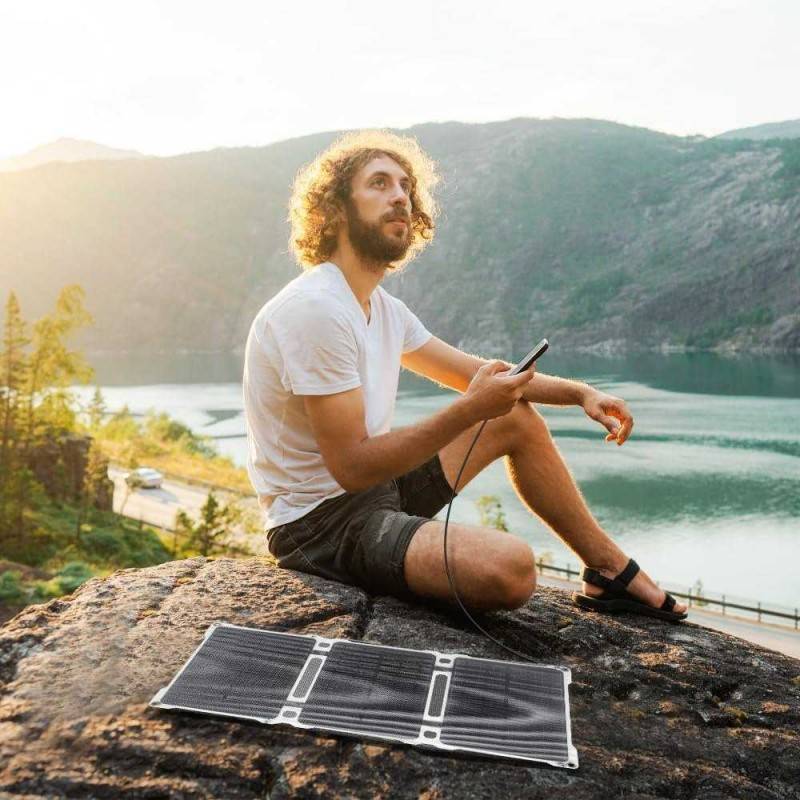
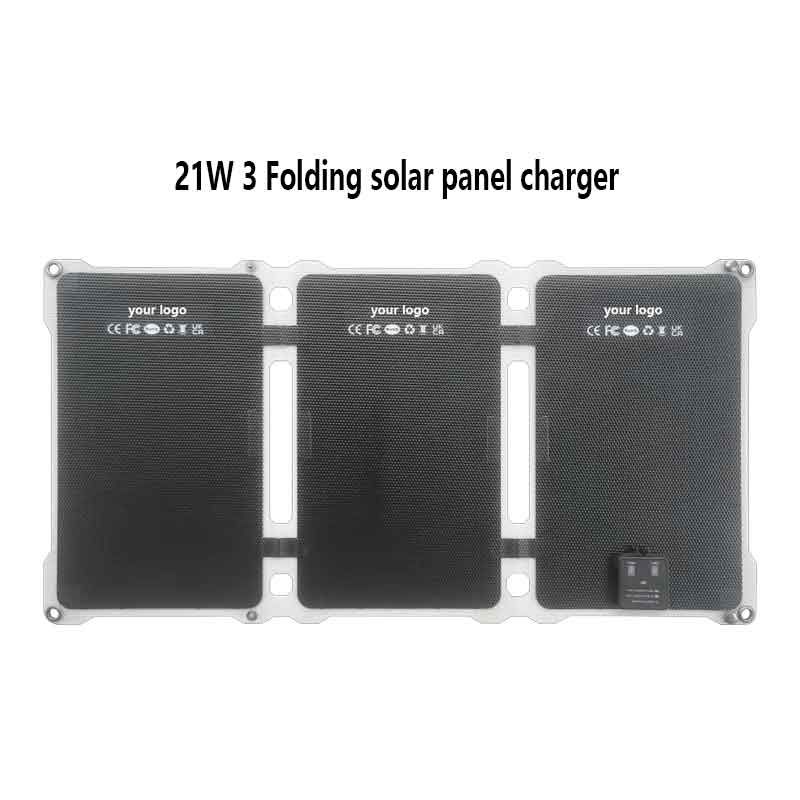
To get the best out of your folding solar power charger, always ensure it is positioned correctly under direct sunlight. The angle of the panel greatly affects its energy absorption. Ideally, the panel should be perpendicular to the sun's rays, which means adjusting its position throughout the day as the sun moves. Many people make the mistake of laying their outdoor foldable solar charger flat on the ground, but this can limit its efficiency. If possible, use a stand or prop it up against a stable surface at an optimal angle to capture the most sunlight. Another crucial factor is cleanliness. Dust, dirt, and even minor smudges on the surface of the foldable solar panel charger can block sunlight and reduce its energy conversion rate. Wiping the panel with a soft, dry cloth regularly ensures maximum exposure and efficiency. In outdoor environments, where dust and debris are common, it's essential to keep the panels as clean as possible.
Avoiding shade is another key aspect. Many users don’t realize that even partial shading on one section of the panel can drastically reduce the overall energy output. Since most folding solar chargers use multiple solar cells connected in a circuit, if one cell is shaded, it can impact the performance of the entire panel. This is why it’s important to place the charger in an open space without obstructions from trees, tents, or buildings.
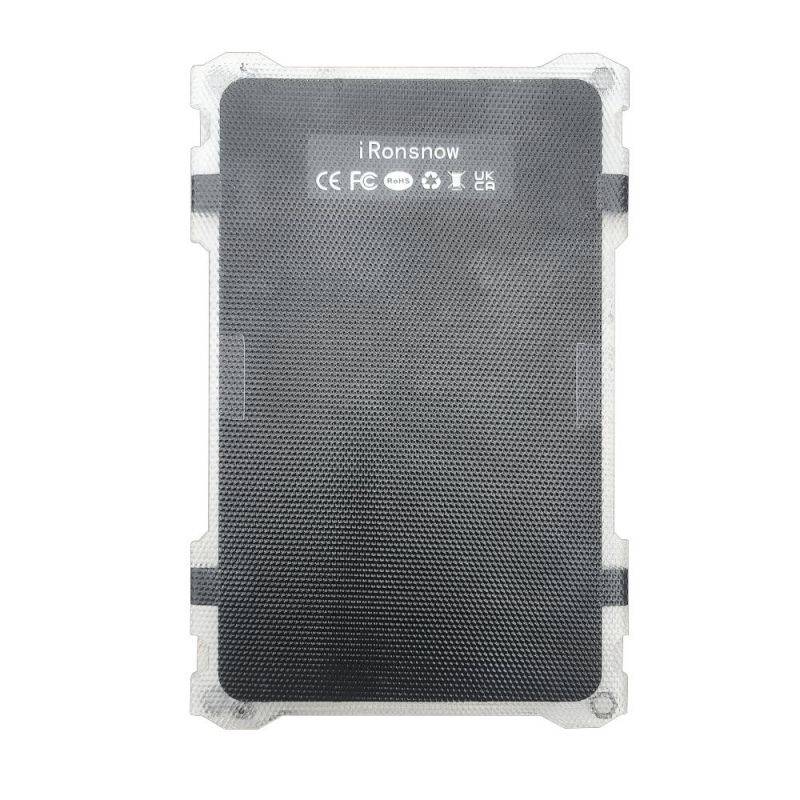
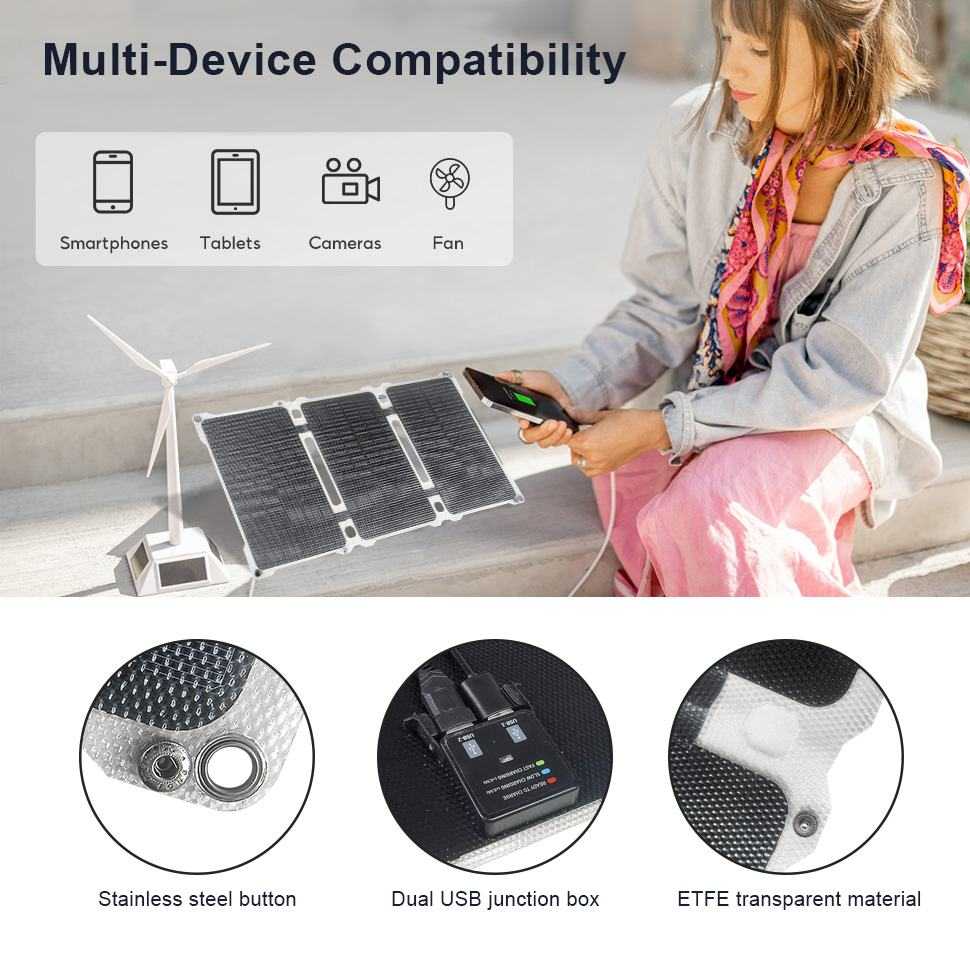
The type of cable you use also plays a role in efficiency. A low-quality, long, or thin charging cable can cause power loss. Using a high-quality, thick cable designed for efficient power transfer can make a noticeable difference in charging speed. Additionally, connecting your folding solar power charger to a power bank rather than directly to a device can improve efficiency. Power banks act as energy storage units, allowing consistent charging even if sunlight fluctuates due to passing clouds.
Temperature control is another factor many users overlook. While solar panels need sunlight, excessive heat can reduce their efficiency. High temperatures can cause energy losses, so it’s best to place your outdoor foldable solar charger in a well-ventilated area rather than on extremely hot surfaces like asphalt or metal. Keeping airflow around the panel can help prevent overheating and ensure steady performance.
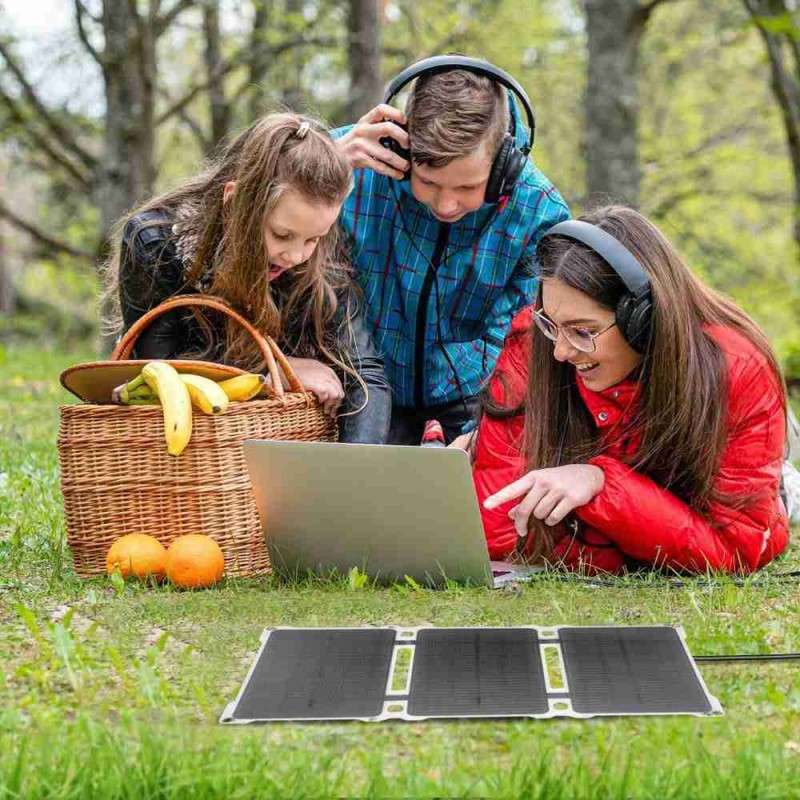
Lastly, using the charger during peak sunlight hours, typically between 10 AM and 3 PM, will yield the best results. These hours offer the strongest and most direct sunlight, leading to faster and more efficient energy conversion. While a foldable solar panel charger can still work outside of these hours, the energy output will be lower, and charging times may increase. By implementing these simple yet effective strategies, you can maximize the performance of your folding solar charger, ensuring that you get the most out of it whenever and wherever you need portable power. Whether for camping, hiking, or emergency backup, optimizing your charger’s efficiency will provide you with a more reliable and sustainable energy source.

